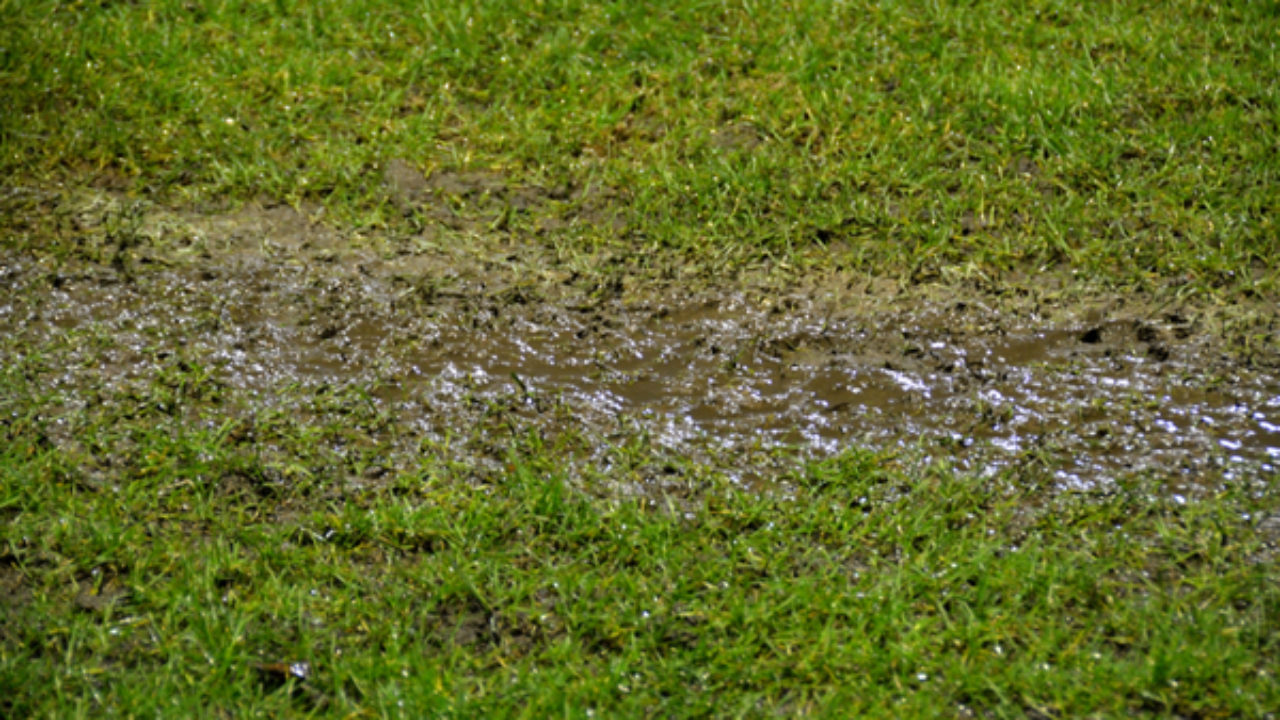Here down the page you can find a lot of first-rate details regarding Locating water leaks.

Early detection of leaking water lines can mitigate a potential catastrophe. Some little water leaks may not be visible.
1. Check Out the Water Meter
Every house has a water meter. Examining it is a proven way that helps you discover leaks. For starters, turn off all the water resources. Guarantee no person will flush, make use of the faucet, shower, run the washing maker or dish washer. From there, go to the meter as well as watch if it will certainly change. Because nobody is utilizing it, there should be no motions. If it relocates, that shows a fast-moving leakage. Also, if you identify no changes, wait a hr or two as well as check back once again. This suggests you might have a slow leak that can even be underground.
2. Examine Water Consumption
Analyze your water costs and also track your water usage. As the one paying it, you ought to see if there are any type of discrepancies. If you identify sudden changes, regardless of your consumption being the same, it suggests that you have leaks in your plumbing system. Bear in mind, your water costs ought to drop under the very same array every month. An abrupt spike in your bill suggests a fast-moving leakage.
A consistent boost every month, even with the same behaviors, reveals you have a slow leak that's likewise gradually rising. Call a plumber to thoroughly inspect your property, especially if you really feel a cozy area on your floor with piping below.
3. Do a Food Coloring Test
When it involves water intake, 30% originates from toilets. Test to see if they are running appropriately. Decrease flecks of food shade in the storage tank and also wait 10 mins. If the color somehow infiltrates your bowl during that time without flushing, there's a leak in between the container and also dish.
4. Asses Exterior Lines
Don't forget to inspect your outdoor water lines too. Must water seep out of the link, you have a loosened rubber gasket. One tiny leakage can squander loads of water and also spike your water expense.
5. Evaluate as well as Evaluate the Situation
Homeowners should make it a behavior to check under the sink counters and also even inside cupboards for any kind of bad odor or mold growth. These two warnings suggest a leak so prompt attention is called for. Doing regular inspections, also bi-annually, can conserve you from a significant issue.
Inspect for discolorations and also compromising as the majority of pipelines and devices have a life expectancy. If you suspect dripping water lines in your plumbing system, do not wait for it to escalate.
Early discovery of leaking water lines can minimize a potential disaster. Some small water leakages may not be noticeable. Examining it is a proven method that aids you uncover leakages. One little leakage can waste heaps of water and increase your water expense.
If you believe leaking water lines in your plumbing system, do not wait for it to rise.
How to Know If Your Home Has a Hidden Leak
Water Meter Reveals Inexplicable Water Usage
If you’d like to test whether or not there’s a leak somewhere in your home, you can do this using your water meter. Here is how to conduct the test:
Don’t use any water in your home for at least 30 minutes; this also means not turning on faucets or water-using appliances.
Go outside, and check your water meter for activity.
If your water meter shows that there was activity, even though no one was using any water, this proves that there is a leak in your home.Visible Mold or Mildew Growth
Leaks behind walls create moist, dark environments that allow mold and mildew to grow and thrive. Eventually, you might see mold growth forming on the wall closest to a hidden leak.
If mold is growing in an area that receives a high amount of moisture, such as a bathroom, it may simply be an indication that better ventilation is needed. However, if you see mold growth on a wall or the ceiling in an area where you would not expect, you probably have a hidden leak.
Musty, Mildew Odor
Sometimes you might not be able to see the mold or mildew that is growing as a result of a leak. However, the smell can give the problem away just as easily. If you catch a whiff of something musty, there’s a good chance that old water is collecting somewhere in your home that you can’t see.
Stained/Warped Walls, Ceilings, or Floors
When your home soaks up water, a variety of red flags can become visible, including ceiling stains, bubbling drywall, warped walls, and sagging floors. While these issues can be caused by excess humidity, they can also be signs that a pipe or plumbing connection has started leaking behind your walls.
Inexplicably High Water Bill
After a while, you get a general sense for what your water bill should be. If you own a pool or sprinkler system, your bill will tend to be higher during summer. However, if you receive a water bill that seems especially high, and you can’t figure out what caused it, then you may have a hidden leak somewhere that’s increasing your bill.
https://www.plumbingjoint.com/blog/2019/july/how-to-know-if-your-home-has-a-hidden-leak/

Hopefully you enjoyed our article about Leaking water lines. Thank you for taking time to read our blog post. Liked our blog? Please share it. Help others check it out. We take joy in reading our article about Leaking water lines.